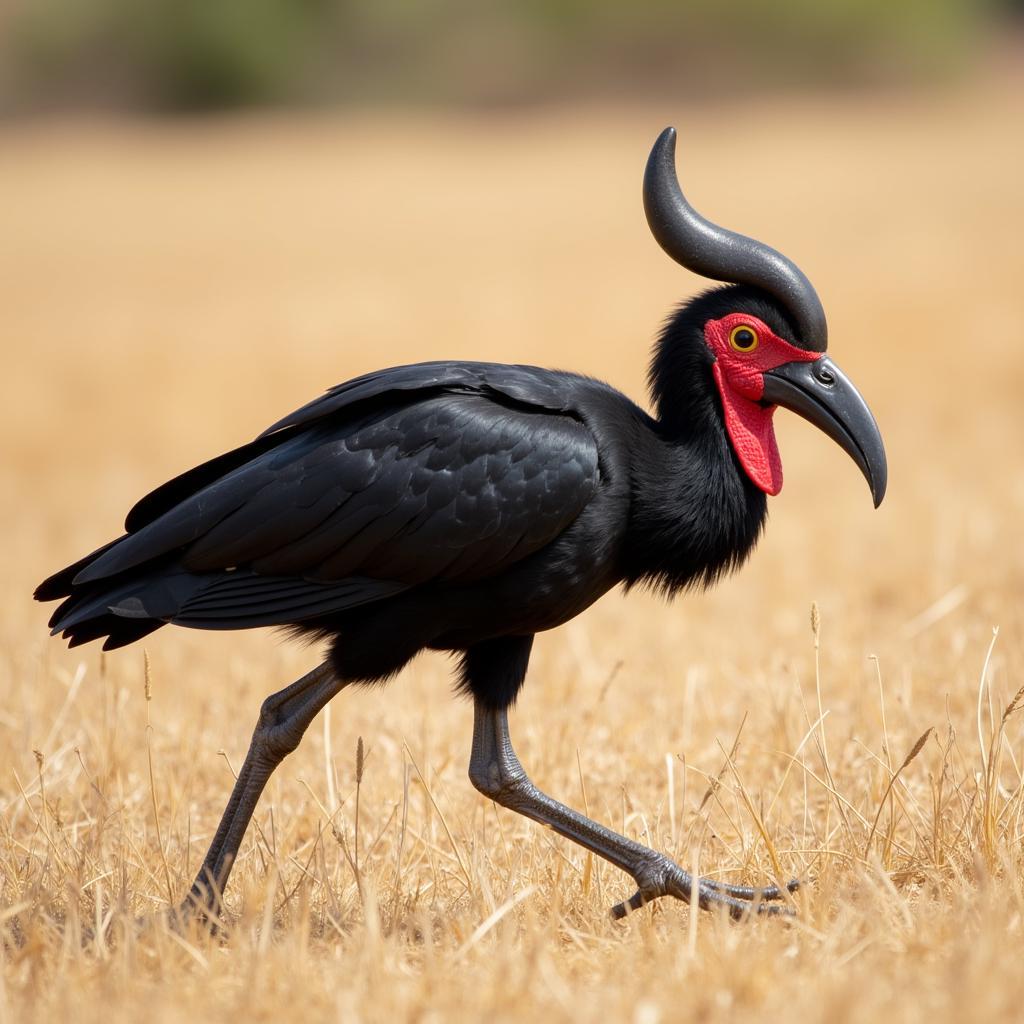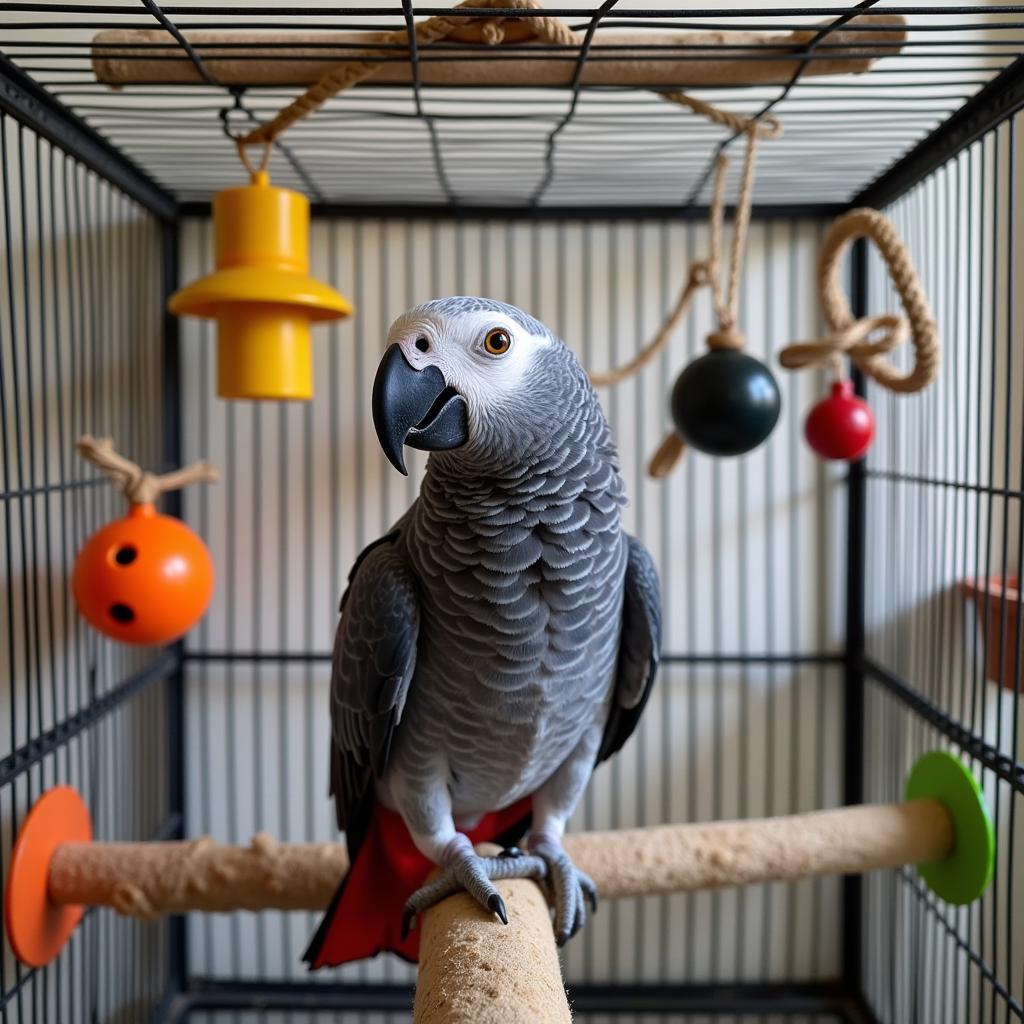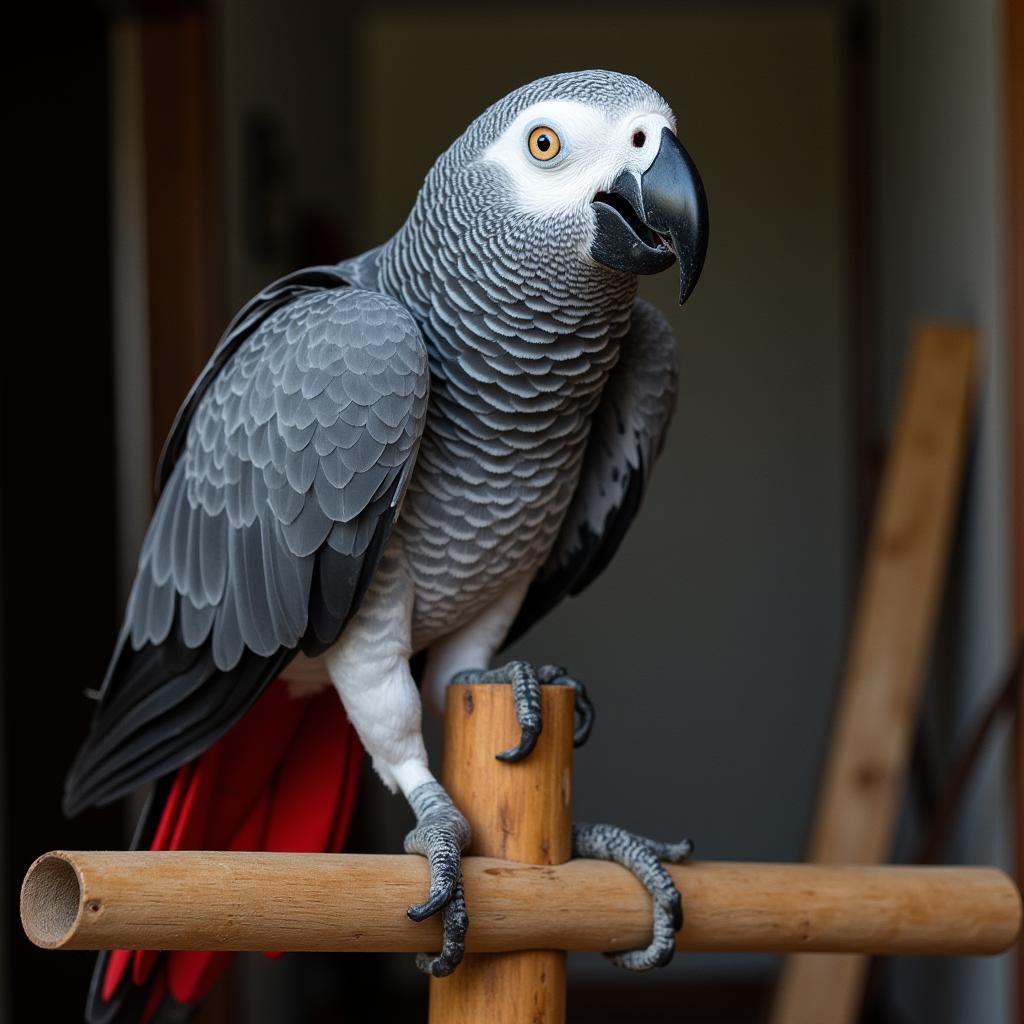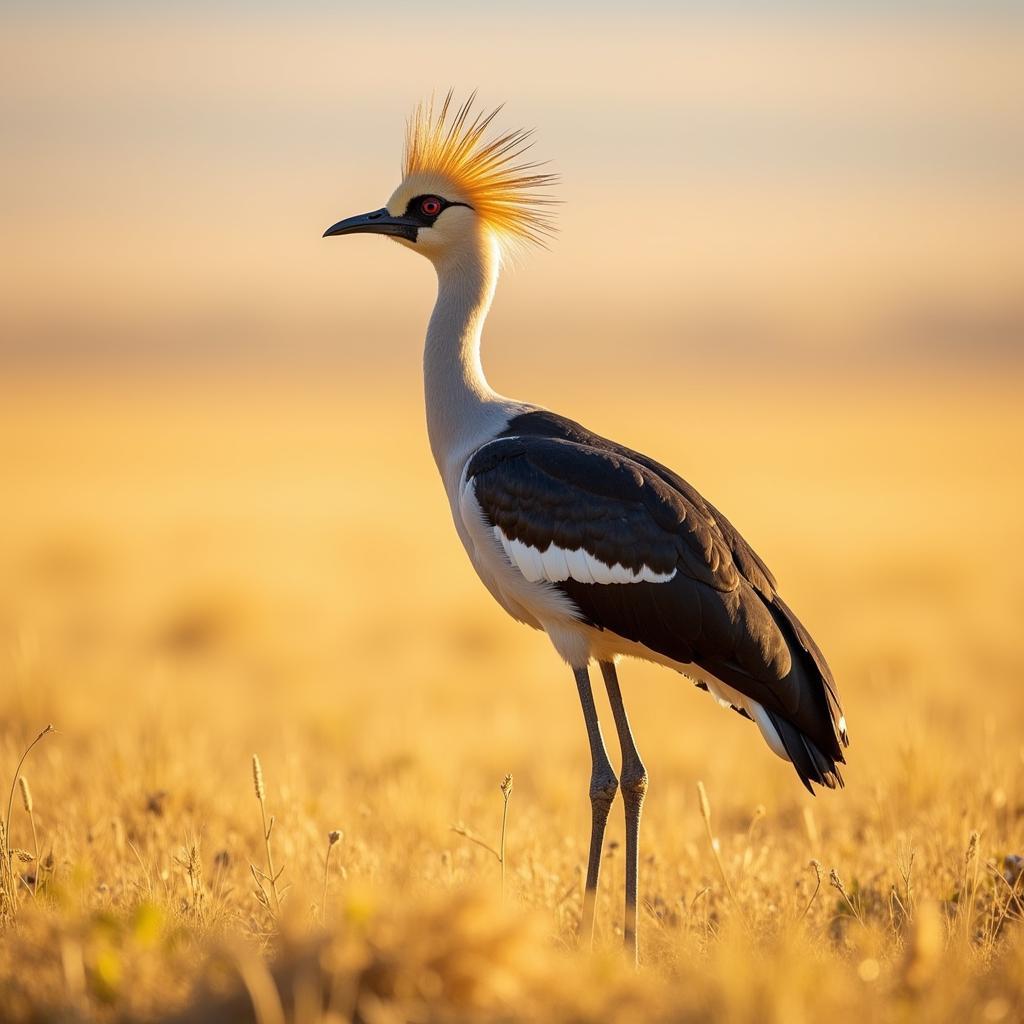The Majestic African Ground Hornbill: A Symbol of the Savanna
The African Ground Hornbill, a bird of impressive stature and unique social dynamics, reigns supreme in the African savanna. These fascinating creatures, instantly recognizable with their jet-black plumage, bright red facial skin, and imposing curved beaks, play a crucial role in the ecosystem. Their booming calls echo across the grasslands, a signature sound of the African wilderness. We’ll delve into the life of this extraordinary bird, exploring its habitat, diet, social structure, and conservation status.
Unveiling the Secrets of the African Ground Hornbill’s Life
The African ground hornbill ( Bucorvus leadbeateri ) is the largest hornbill species, standing up to 1.3 meters tall. Unlike its tree-dwelling relatives, it forages on the ground, striding purposefully through grasslands and woodlands. It’s found predominantly in sub-Saharan Africa, thriving in areas with open savannas and scattered trees. Its diet consists primarily of insects, reptiles, small mammals, and occasionally, carrion. Their powerful beaks are adept at crushing bones and capturing prey. Check out this helpful African bird food resource for more insights into the diets of various African birds.
What sets the African ground hornbill apart is its complex social structure. They live in cooperative breeding groups of up to 10 individuals, typically consisting of a dominant breeding pair and their offspring from previous years. The younger birds assist in raising the chicks, contributing to the survival of the group. This cooperative behavior is a testament to the strong social bonds within the family unit.
The African Ground Hornbill’s Habitat and Diet: A Closer Look
The African ground hornbill prefers open savannas with scattered trees, offering a combination of foraging grounds and nesting sites. Their distribution spans across sub-Saharan Africa, with populations concentrated in countries such as Kenya, Tanzania, and Botswana. Their diet reflects their opportunistic nature, consuming a wide variety of prey, from dung beetles to venomous snakes. They play a vital role in controlling insect populations and scavenging carrion, contributing to the overall health of the ecosystem.
 African ground hornbill foraging in the savanna
African ground hornbill foraging in the savanna
Understanding the African Ground Hornbill’s Unique Social Dynamics
The cooperative breeding system of the African ground hornbill is fascinating. Only the dominant pair breeds, while the other members of the group, typically older offspring, help raise the chicks. This cooperative breeding strategy enhances the survival rate of the young. The young birds learn valuable skills from the adults, preparing them for their future roles within the group. This system also helps maintain the territory and defend against predators. You might be interested in learning about other African birds list.
Conservation Challenges and Efforts to Protect the African Ground Hornbill
Unfortunately, the African ground hornbill faces several threats, including habitat loss, poisoning, and persecution due to perceived livestock predation. Conservation efforts are crucial to ensure the long-term survival of this magnificent bird. These initiatives involve protecting their habitat, raising awareness among local communities, and implementing anti-poisoning campaigns. Are you curious about other African birds lion king?
 African ground hornbill family group in their natural habitat
African ground hornbill family group in their natural habitat
Dr. Khadija Mbwana, a leading ornithologist specializing in African birdlife, emphasizes the importance of community involvement in conservation efforts: “The future of the African ground hornbill rests on collaboration with local communities. Their knowledge and participation are essential for effective conservation strategies.” She further highlights the ecological significance of the species: “As a keystone species, the African ground hornbill plays a vital role in maintaining the balance of the savanna ecosystem.” Its presence is an indicator of a healthy environment, making its conservation even more critical.
The African Ground Hornbill: A Continuing Legacy
The African ground hornbill, with its striking appearance and complex social life, is a truly remarkable bird. Understanding and appreciating its role in the African ecosystem is crucial for its conservation. Continued efforts to protect its habitat and mitigate threats are essential to ensure that the booming call of this magnificent bird continues to resonate across the savanna for generations to come. For more information on African birds, you can check this African birds pdf. Perhaps you’re interested in finding specific African bird beginning with t.
FAQ
-
What does an African ground hornbill eat?
Primarily insects, reptiles, small mammals, and occasionally carrion. -
Where do African ground hornbills live?
Sub-Saharan Africa, in open savannas with scattered trees. -
How big is an African ground hornbill?
Up to 1.3 meters tall, making it the largest hornbill species. -
How do African ground hornbills raise their young?
In cooperative breeding groups, where older siblings help raise the chicks. -
What are the main threats to the African ground hornbill?
Habitat loss, poisoning, and persecution.
If you need further assistance, please contact us at Phone: +255768904061, Email: kaka.mag@gmail.com or visit us at Mbarali DC Mawindi, Kangaga, Tanzania. Our customer service team is available 24/7.


